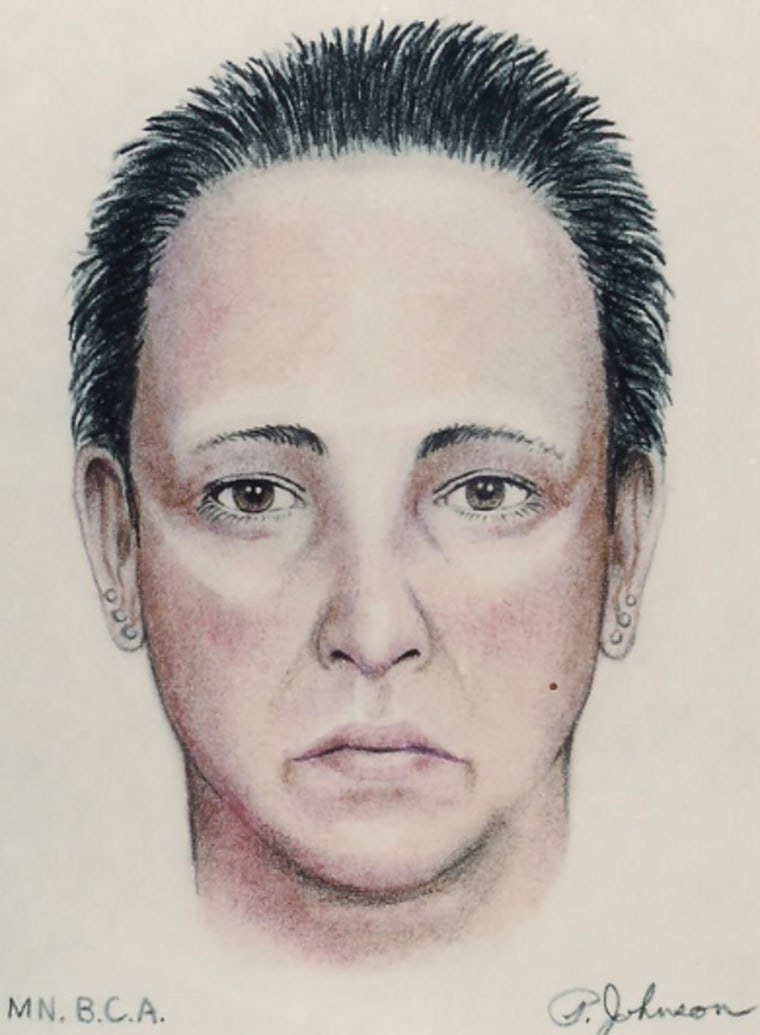Decades-Old Mystery: New DNA Tech Offers Hope in Identifying 'Bone Lake Jane Doe'

For over three decades, the identity of a woman tragically found in Minnesota's Bone Lake has remained a haunting mystery. Known only as 'Bone Lake Jane Doe,' her remains – a head discovered in the lake and a foot found along the Mississippi River – were recovered in June 1993. Despite extensive investigations and countless leads, the case has remained cold, a stark reminder of the enduring power of unsolved mysteries.
The discovery sent shockwaves through the small community of Scandia, Minnesota, and beyond. Authorities immediately launched a comprehensive search for any clues that could identify the victim and uncover the circumstances surrounding her death. Initial efforts, including fingerprint analysis and dental records, proved unsuccessful. The lack of identification hampered the investigation, leaving detectives with few avenues to pursue.
Now, however, a renewed sense of hope has emerged thanks to advancements in DNA technology. Law enforcement officials are optimistic that updated forensic techniques, particularly those focusing on genealogical DNA analysis, could finally unlock the secrets behind this decades-old case. Genealogical DNA analysis compares DNA samples from unidentified remains to publicly available DNA databases, often used by family history enthusiasts. This allows investigators to identify potential relatives and, through genealogical research, build a family tree that can lead to the victim's identity.
“This is a significant development in a case that has remained open for far too long,” stated a spokesperson for the Minnesota Bureau of Criminal Apprehension. “The advancements in DNA technology offer a new pathway for identifying Bone Lake Jane Doe and bringing closure to her family, wherever they may be.”
The process is delicate and requires meticulous attention to detail. Investigators are working closely with forensic experts to ensure the integrity of the DNA analysis and to avoid any potential misidentification. The information gleaned from the DNA analysis will be carefully scrutinized and compared to existing records and databases.
The Bone Lake Jane Doe case serves as a poignant example of the challenges faced by law enforcement in solving cold cases. While the passage of time has undoubtedly complicated the investigation, the persistence of authorities and the innovative application of new technologies offer a glimmer of hope that the mystery surrounding this unidentified woman will finally be resolved. Authorities are urging anyone with information related to the case to come forward, even if they believe it to be insignificant. Every detail, no matter how small, could be the key to unlocking the truth and giving 'Bone Lake Jane Doe' the identity she deserves. The case remains a stark reminder of the human cost of unsolved crimes and the importance of never giving up the search for justice.
The Minnesota Bureau of Criminal Apprehension has set up a dedicated tip line for anyone with information. Details on how to contact them can be found on their website.






:max_bytes(150000):strip_icc()/GettyImages-1162572891-e54318a376044b30b61cef216f8002ca.jpg)